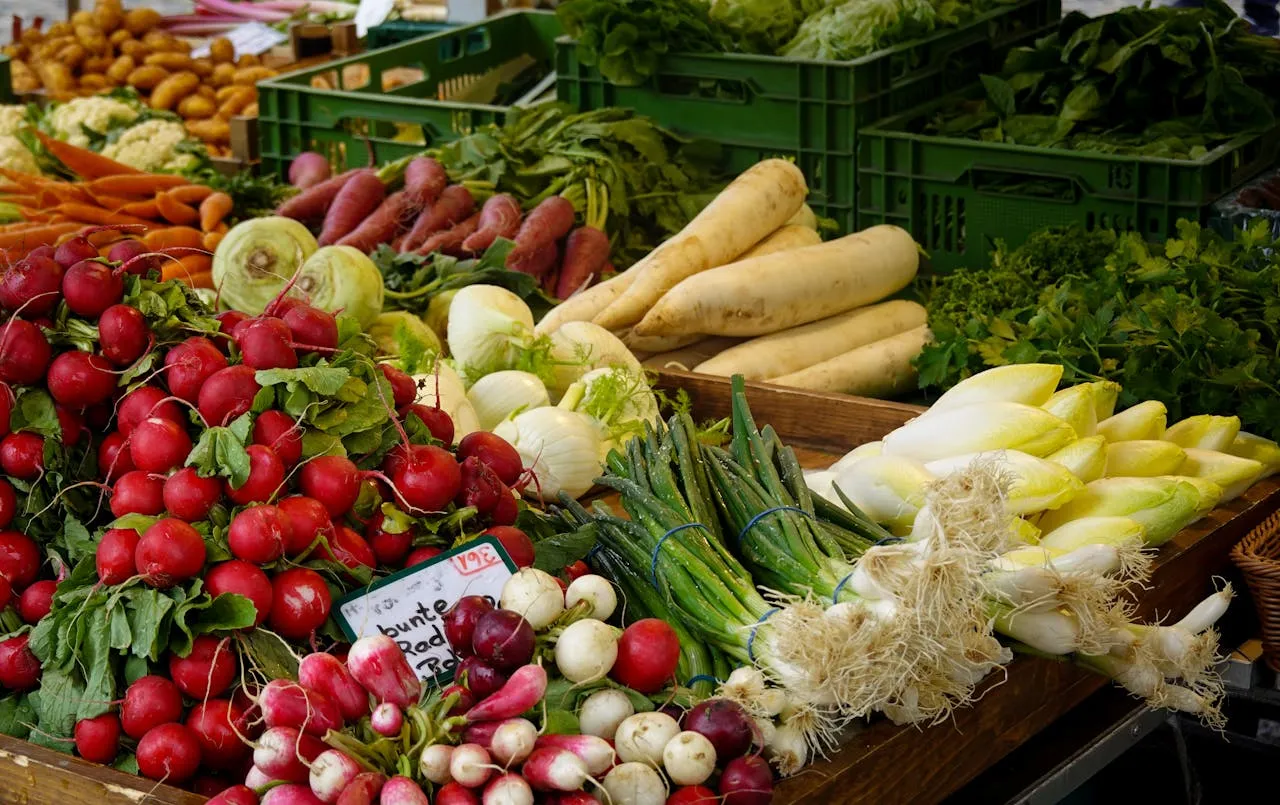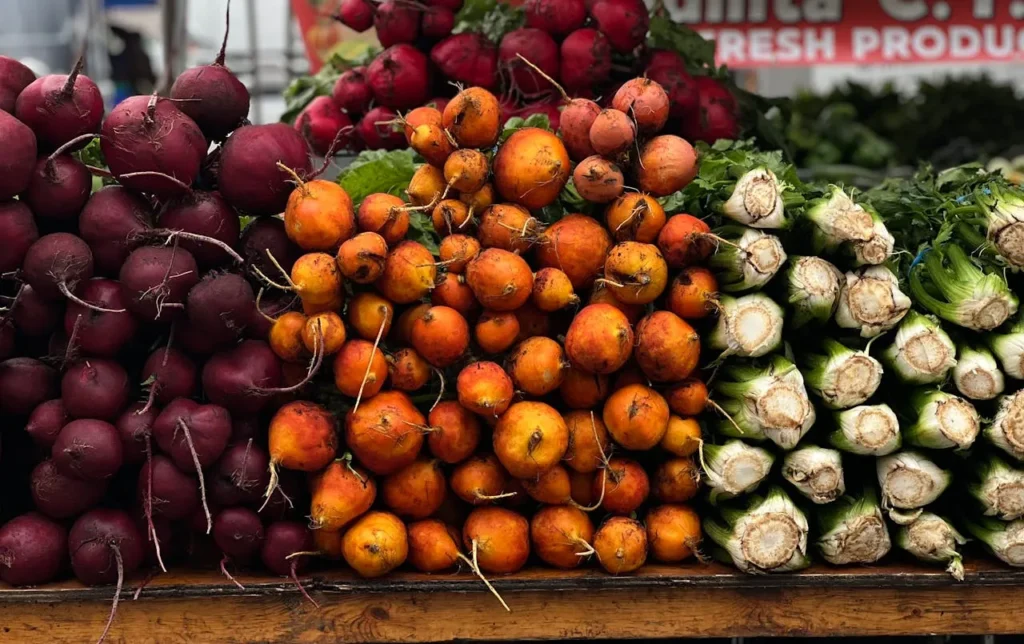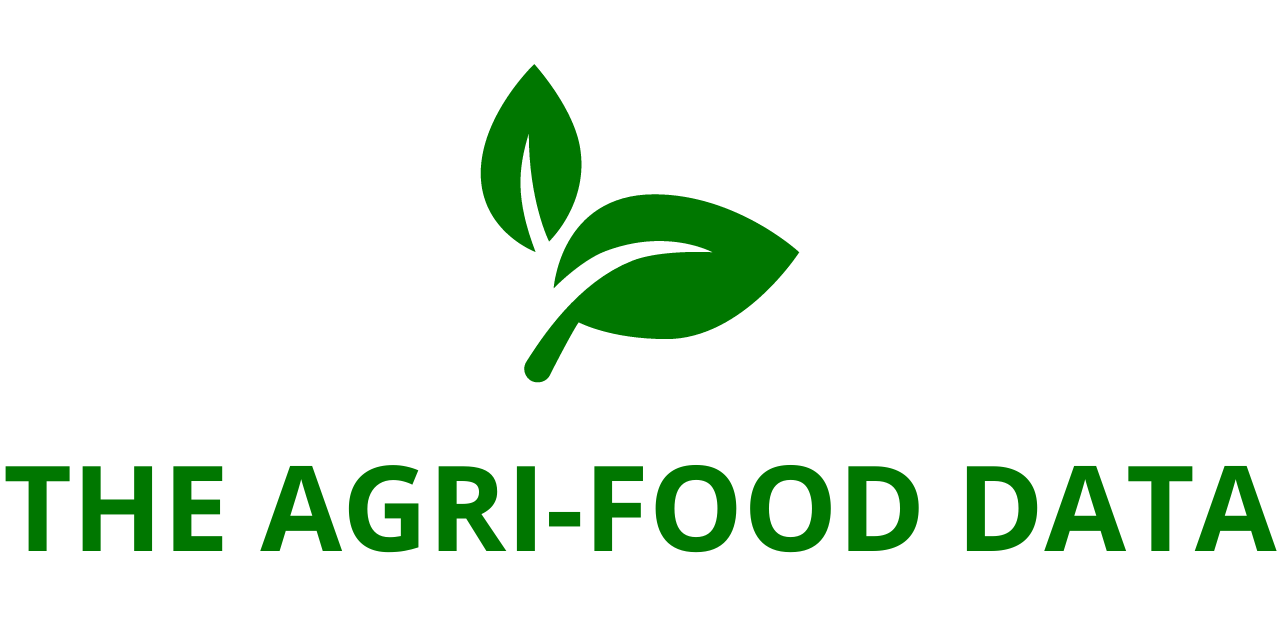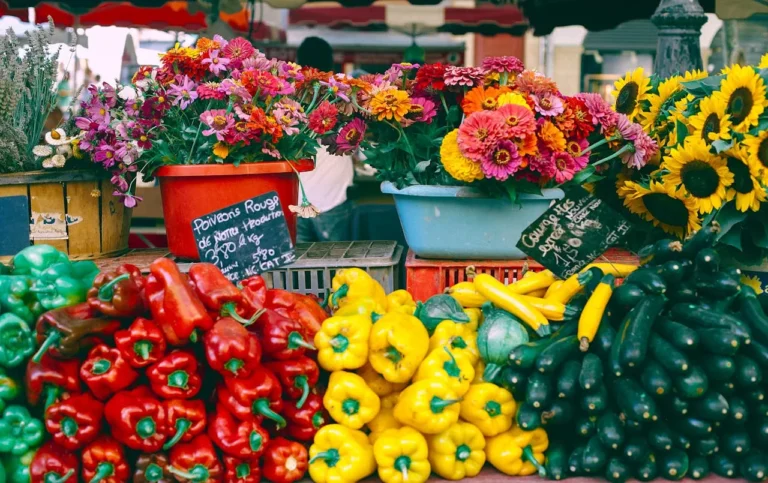
The “Crowd Farming – Global Strategic Business Report” has been added to the offerings of ResearchAndMarkets.com, offering a detailed and forward-looking analysis of the emerging crowd farming industry. This comprehensive global report provides valuable insights into market dynamics, technological enablers, investment models, and regional trends shaping the future of agriculture.
According to the report, the global crowd farming market was valued at USD 124.0 million in 2024 and is projected to reach USD 168.4 million by 2030, growing at a compound annual growth rate (CAGR) of 5.2% during the forecast period. This growth is underpinned by a convergence of shifting consumer behaviors, technological advancements, and a broader push toward sustainable and transparent food systems.
Redefining Agriculture: What Is Crowd Farming?
Crowd farming is a transformative model within the agricultural value chain, reshaping how food is cultivated, funded, and delivered to end-users. Unlike traditional farming systems that rely on intermediaries, crowd farming connects farmers directly with consumers and investors through digital platforms. These platforms allow individuals to fund specific farming initiatives—such as a beehive, olive grove, livestock herd, or crop plot—in return for produce or shared profits at the end of a farming cycle.
This model offers a decentralized, participatory approach to agriculture that benefits all parties involved. Consumers gain transparency and a personal stake in the food production process, while farmers secure capital upfront and diversify their revenue sources. The result is a more resilient and equitable food supply system that meets modern demand for traceability, sustainability, and ethical sourcing.
What’s Driving Market Growth?
A combination of technological innovation, evolving consumer expectations, and systemic agricultural challenges is fueling the crowd farming market’s expansion.
- Digital Transformation: Increased smartphone usage and the proliferation of online payment platforms have made it easier for farmers and consumers to interact virtually. These digital tools enable seamless transactions and engagement, especially in rural or underserved areas where traditional financial systems may not reach.
- Changing Consumer Preferences: There is growing demand among urban and environmentally conscious consumers for local, organic, and transparently sourced food. Crowd farming directly aligns with these preferences by offering produce that is not only fresh and seasonal but also traceable to its origins.
- Social and Economic Shifts: Farmers, particularly those operating on a smaller scale or using organic methods, often face challenges accessing credit, markets, or supply chains. Crowd farming helps level the playing field by opening new funding channels and creating direct-to-consumer pathways.
- Sustainability and Ethical Food Production: Increasing awareness about the ethical and environmental impact of industrial agriculture is prompting consumers to support models that are regenerative, low-impact, and community-focused. Crowd farming addresses this demand by offering insights into farming practices and progress through real-time updates, photos, and reports.
Technology as the Backbone of Crowd Farming
Technology is central to the scalability and success of the crowd farming ecosystem. From mobile apps to AI-driven dashboards and blockchain authentication, digital tools ensure transparency, security, and operational efficiency across the board.
- Platform Innovation: Web-based platforms and mobile applications serve as interactive marketplaces where users can browse and invest in various farming initiatives. The Website-based Platform segment, in particular, is expected to grow significantly—projected to reach USD 109.1 million by 2030, growing at a CAGR of 6.2%. Mobile platforms, though slightly slower in growth, are also rising with a projected CAGR of 3.6%.

- Blockchain and Smart Contracts: These technologies are being adopted to automate revenue sharing, verify produce authenticity, and secure digital ownership. They ensure that contributors receive a fair return and that transactions are immutable and transparent.
- IoT and Remote Monitoring: Internet of Things (IoT) devices and GPS mapping allow for real-time tracking of farm operations, including soil conditions, irrigation schedules, pest management, and crop health. This empowers both farmers and contributors with data-driven insights.
- AI and Predictive Analytics: Artificial intelligence enhances productivity through yield forecasting, disease outbreak alerts, and climate trend analysis. This helps in proactive farm management and offers investors detailed visibility into their “digital farm” assets.
Evolving Investment Models and End-Use Cases
The crowd farming model is flexible and appealing to a diverse range of stakeholders—from individual consumers to institutional investors.
- Direct-to-Consumer Fulfillment: Urban residents can subscribe to harvests or invest in specific farm components, receiving their share of produce upon maturity. This appeals to those seeking clean-label, non-industrial food products with verifiable sourcing.
- B2B Integration: Boutique grocery stores, eco-conscious restaurants, and curated meal-kit services are adopting crowd farming partnerships to secure supply contracts and offer uniquely sourced ingredients with compelling backstories.
- Social Impact and ESG Investing: Environmental, Social, and Governance (ESG) investors and climate-aligned funds are increasingly backing crowd farming ventures. Some seek financial returns linked to market prices and yields, while others are satisfied with in-kind returns such as produce deliveries.
- Corporate and Government Support: Corporate social responsibility (CSR) programs and green financing instruments are being funneled into crowd farming initiatives. Many platforms support regenerative agriculture, carbon farming, agroforestry, and rural women-led enterprises—further widening crowd farming’s social impact.
- Beyond Food Production: Crowd farming platforms are branching into complementary revenue streams such as carbon credit trading, biodiversity tracking, and agritourism, offering contributors the chance to participate in broader sustainability projects.
Regional Outlook and Market Segmentation
The report provides in-depth regional analysis, revealing distinct growth patterns across key global markets:
- United States: Valued at USD 33.8 million in 2024, the U.S. remains a key market for crowd farming, driven by a mature tech ecosystem and increasing demand for ethical food sourcing.
- China: Set to expand at an impressive CAGR of 8.5%, China’s crowd farming market is expected to match the U.S. by 2030 at USD 33.9 million, fueled by rapid urbanization and growing sustainability awareness.
- Other Key Markets: Regions like Japan, Canada, Germany, and broader Asia-Pacific are showing strong interest in the model, spurred by food security concerns, rising consumer awareness, and digital penetration.
Competitive Landscape
The report also profiles leading players in the global crowd farming space, including:
- Babban Gona
- Cityblooms
- Complete Farmer
- Crofarm Agriproducts Pvt Ltd.
These companies are innovating across the value chain—from micro-funding platforms and precision farming to blockchain-backed farm data and customized consumer deliveries.
Report Highlights
- Detailed Forecasts: Independent projections of annual sales in USD from 2024 to 2030.
- Segment Insights: Breakdowns by platform type (Web, Mobile), investment models, and farm categories.
- Market Intelligence: Strategic recommendations, market opportunities, and key success factors for stakeholders.
- Complimentary Updates: Subscribers receive one year of free updates to remain informed of evolving market conditions.
Final Thoughts
Crowd farming is no longer just an experimental or philanthropic concept. It is becoming a commercially viable, digitally powered, and socially impactful way to produce food in the 21st century. By empowering consumers, unlocking capital for farmers, and introducing radical transparency into the supply chain, crowd farming holds the potential to revolutionize the future of food production—one digital farm at a time.





